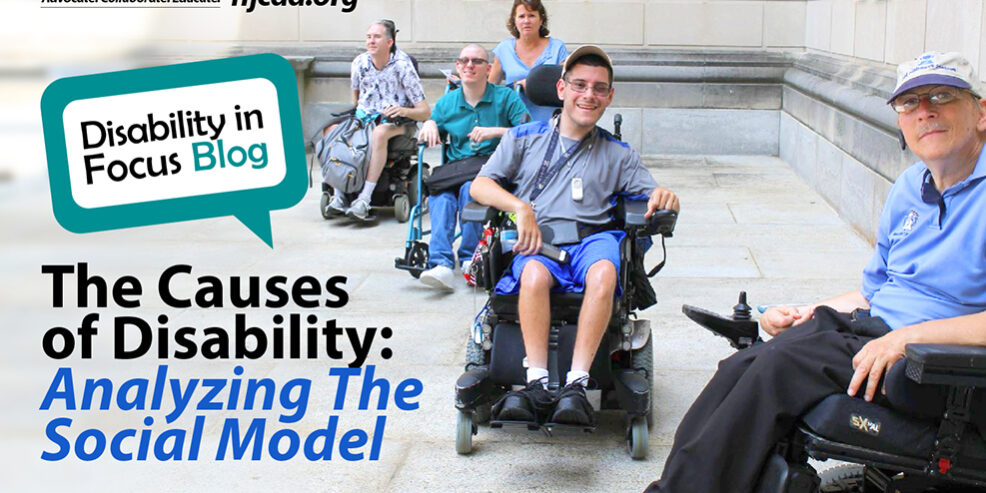By Jeremy Einbinder
People with disabilities face obstacles that are unique compared to the rest of the population, as well as unique among themselves. Everyone faces different struggles in life, and people with disabilities face additional struggles that other people do not.
Unfortunately, with COVID-19 still reshaping the socioeconomic order, some of the same struggles faced by people commonly categorized as “disabled”, such as social isolation and the lack of interaction with the surrounding environment for a variety of reasons, are being felt by the rest of the world as well. This is not a result of empathy, but rather a result of external factors which disrupted the daily routine of millions of people through no fault of their own.
On the other hand, there are likely a lot of people whose work experience, for example, maybe improved by the option to work from home. Prior to the pandemic, remote jobs were much sparser in availability than they are now. People with disabilities may have had a more difficult time finding work, since so many jobs have historically required employees to “come into the office.” That is changing. Perhaps needing to work from home is no longer as much of an alienating experience. In terms of socialization, public social functions in which it was the norm to go to a physical location are more frequently done online than ever before, so again, perhaps some social stigma has its chance to subside.
Both of these sets of examples explaining how people with disabilities lives can be affected by their surrounding environments, refer to something called the Social Model of Disability. Very broadly, the Social Model supposes that the major or primary causes of any set of problems someone has with regard to their disabilities is societal barriers, rather than any innate impairments.
The Social Model is not universally accepted as the correct framework in which to discuss the nature of disabilities and is in fact relatively new. Medical infrastructure, and the able-bodied neurotypical public, has largely accepted the contrasting Medical Model of Disability, which supposes that the primary cause of disability is inherent in its resulting impairments, assessed usually via a medical diagnosis, and remains present in a person regardless of their environment.
As with most sociological phenomena, the reality is not so concrete, and both of these frameworks have some merit. The understanding of the entire nature of disabilities is probably very complicated because “disability” is a very broad and widely encompassing term.
According to the Center for Disease Control (CDC), a disability is defined as the following: “any condition of the body or mind (impairment) that makes it more difficult for the person with the condition to do certain activities (activity limitation) and interact with the world around them (participation restrictions).”
The CDC continues, explaining the many ways in which disabilities can manifest:
“There are many types of disabilities, such as those that affect a person’s:
- Vision
- Movement
- Thinking
- Remembering
- Learning
- Communicating
- Hearing
- Mental health
- Social relationships”







